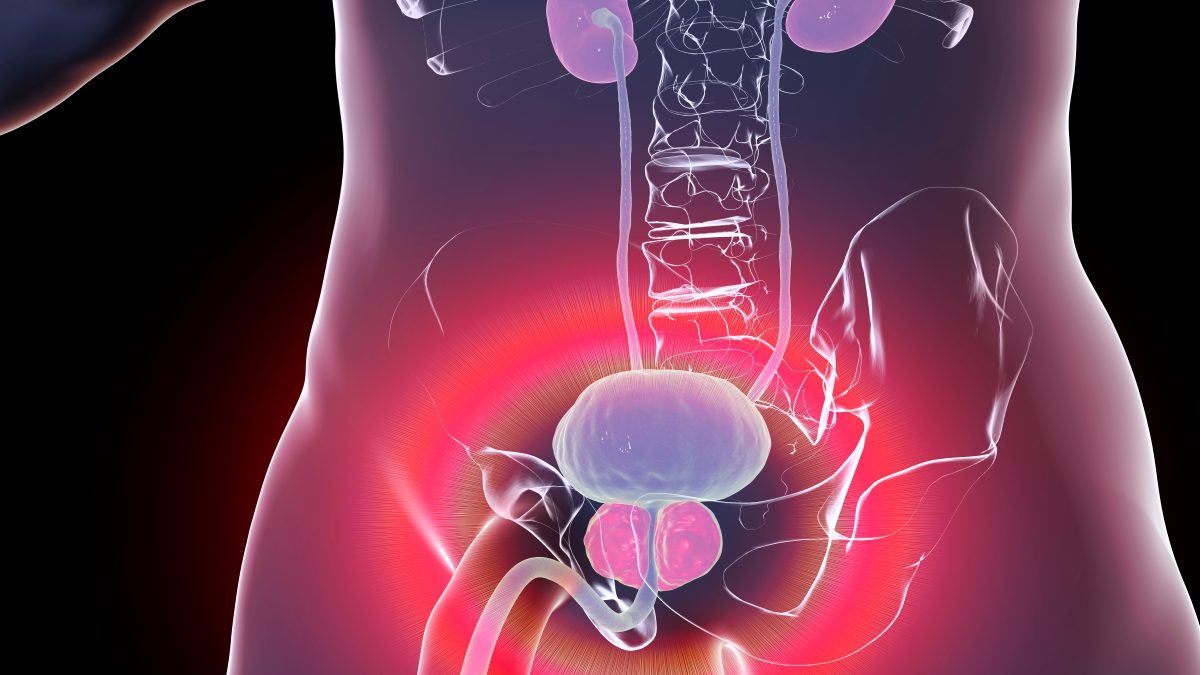What does TURP mean?
Transurethral resection of the prostate (TURP) is the surgical method for benign prostatic hyperplasia treatment. The main goal of this procedure is to remove the part of the prostate gland which causes uncomfortable prostate enlargement symptoms. Transurethral resection is made through the tube that passes urine down from the bladder to the penis and out of the body. This tube is a urethra. Therefore, there is no need to perform an incision in the lower abdomen. Such surgical procedures are called minimally invasive treatment.
What steps are involved in preparation for TURP?
First of all, the patients receive anesthesia before the start of the procedure. The doctor can administer general anesthesia or spinal anesthesia depending on the patient’s health and the severity of the surgery. For general anesthesia, the doctor administrates sedative drugs intravenously, and patients render unconscious during surgery. In the case of spinal or local anesthesia, the drugs are injected locally. Therefore, the patient is still conscious, but he does not feel any pain in the part of the body involved in the procedure.
Transurethral Resection of the Prostate procedure
When the patient is under anesthesia, the doctor applies a resectoscope to reach the urine bladder through the urethra. Resectoscope is an instrument that is used to remove tissues from inside the body. It looks like a thin tube. Thus, it can easily pass through the urethra. In addition, the resectoscope is equipped with a camera and wire loop. In other words, the doctor can use this instrument to cut tissue using a wire loop that uses a high-frequency electrical current. Moreover, at the same time doctor can observe the entire process on the monitor.
The doctor uses a wire loop to remove the enlarged part of the prostate gland into small pieces that can be easily eliminated. After cutting the tissue, the doctor removes these small parts of the gland from the bladder by washing them out through the urethra.
What happens after the procedure?
During the first time after surgery, it will be hard for you to urinate by yourself. In order to resolve this problem, your doctor will insert a catheter into your bladder to drain urine. In medicine, a catheter is a flexible and hollow tube used to drain fluids from the body. Commonly, the catheter is needed for 1-3 days. Afterwards, when the urethra heals, you can urinate on your own.
What is the best time to consider TURP?
When prostate enlargement symptoms are moderate to severe, transurethral resection of the prostate is the preferred treatment method. Such symptoms may include frequent urination episodes, troubles with starting urination, inability to empty the bladder fully, blood in urine, inability to urinate, etc.
What should I do to prepare for TURP?
Firstly, you need to consult with your doctor and discuss the whole process in detail to familiarize yourself with what awaits you before and following your surgery. Moreover, if you are taking a prescription medication, you should talk to your doctor about it. Probably, he will advise you to stop taking it for several days before the procedure. Furthermore, you must not drink, eat, and smoke at least for 6 hours before TURP to prepare yourself for anesthesia.
How long does the process of recovery take?
The length of staying in the hospital after transurethral resection of the prostate varies among the countries. However, it usually takes 2-3 days. It is also possible to have blood in your urine for a few days after the procedure. Additionally, for the next several weeks, you may feel pain during urination and experience urination that is difficult to postpone and occurs suddenly.
For 4-6 weeks after transurethral resection of the prostate, you may follow the instructions listed below:
- Avoid lifting anything heavier than 5 kilograms ( no more than 11 lbs)
- Avoid sauna and thermal bath
- Every day drink 1-2 liters of liquid. Ideally, it should be water
- Escape bike riding. You cannot do any exercises
- Try to avoid constipation by selecting a proper diet
- Talk to your doctor about taking any prescribed medications
Additionally, you should avoid having sex in the next 2-3 weeks after the transurethral resection of the prostate.
After the procedure, temporarily, you can experience retrograde ejaculation. Retrograde ejaculation is a condition when during orgasm, semen gets into the urinary bladder instead of passing the urethra and leaving the body. During urination, the semen leaves the body.
Unfortunately, there can be some complications after transurethral resection of the prostate. Therefore, you need to see a doctor as soon as possible if you:
- Have an inability to urinate by yourself
- Have fewer
- Experience pain or/and heavy loss of blood
















Leave a Reply
You must be logged in to post a comment.